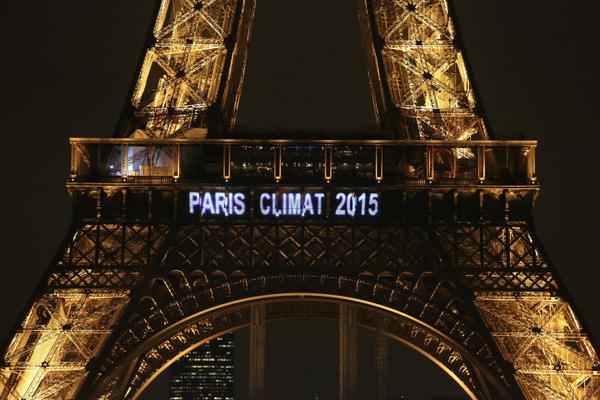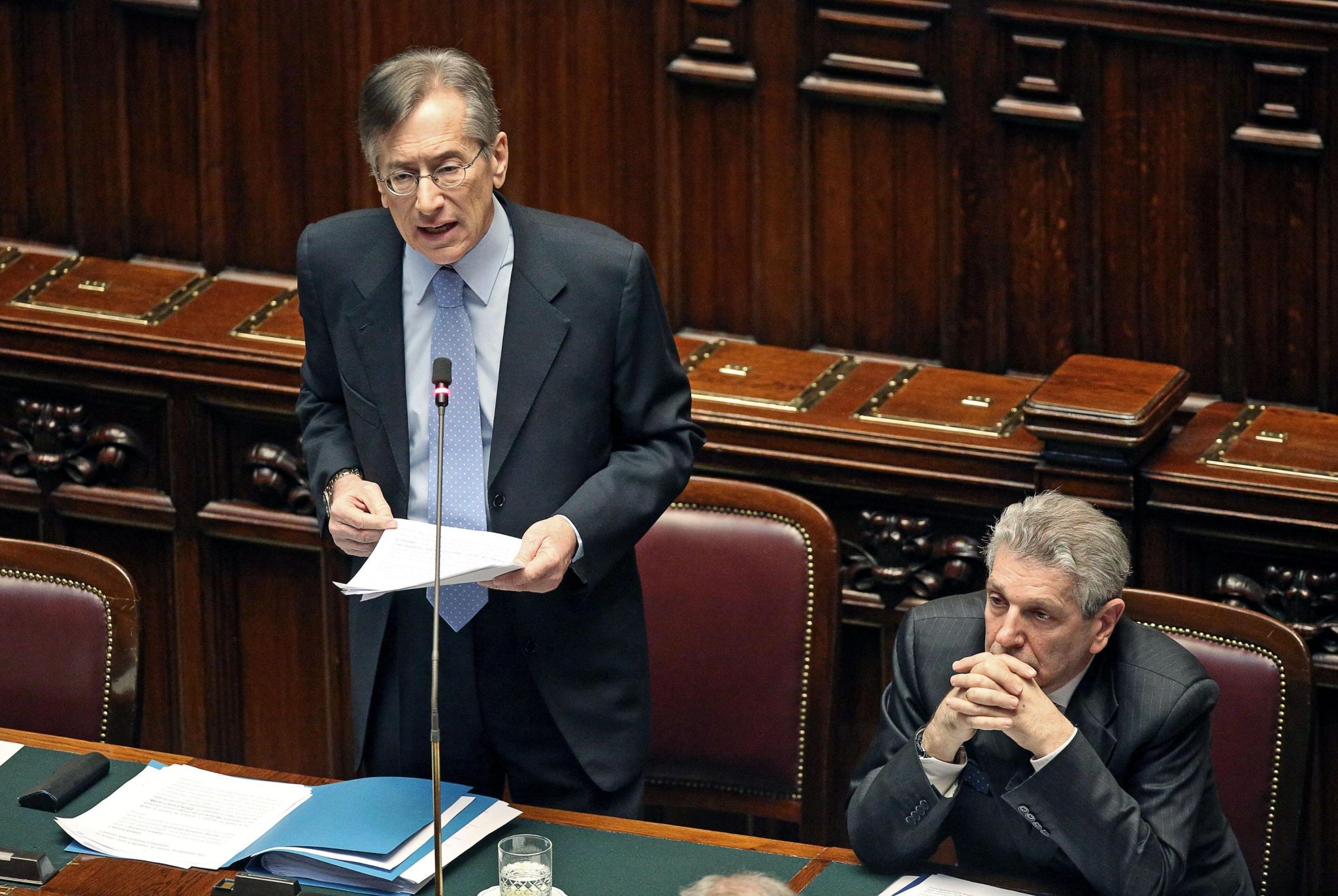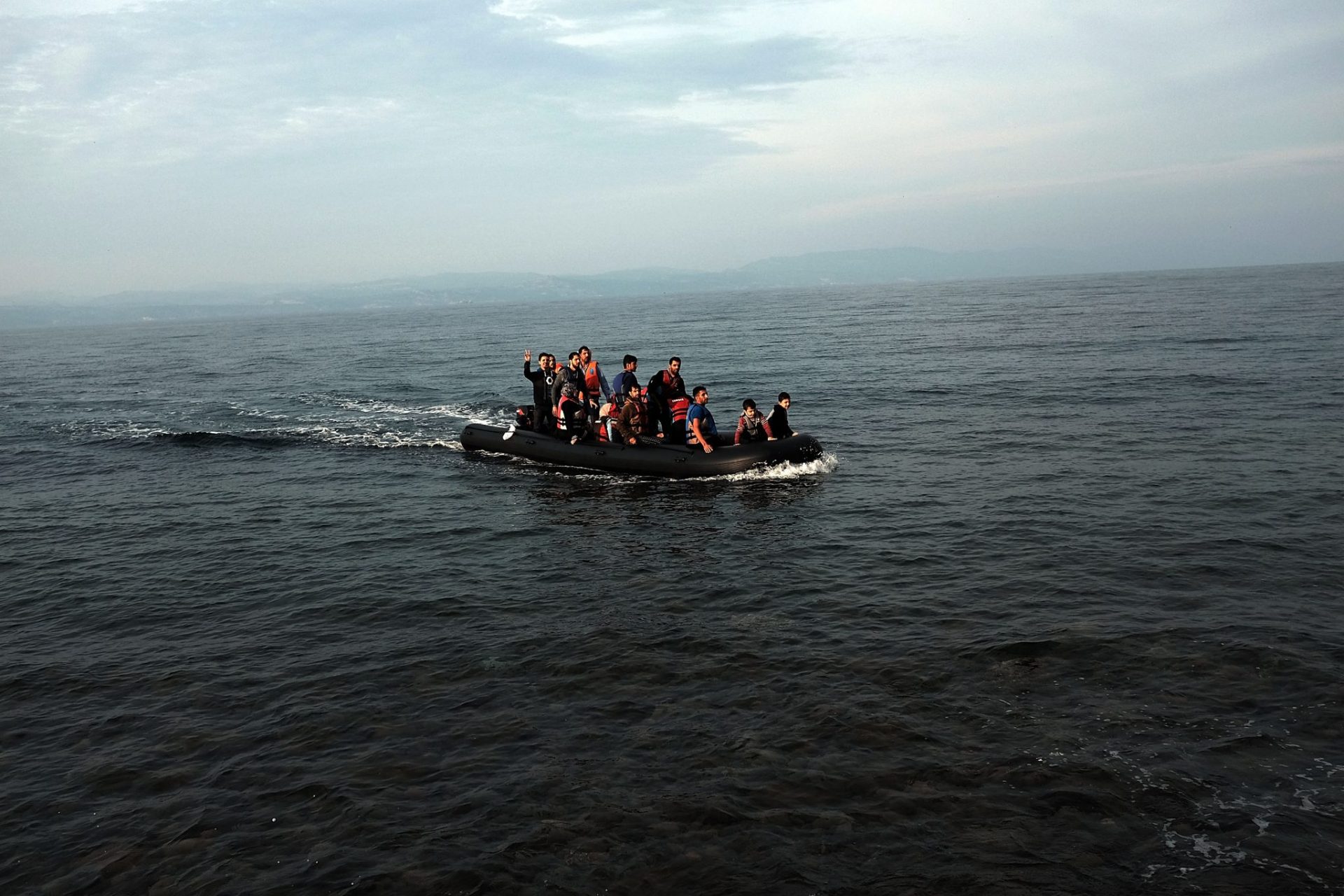
by Barbara Unmüßig & Ralf Fücks
If the EU is serious about an ambitious agreement at the UN talks in Paris, it must prioritise adaptation and resilience to climate risk in the negotiations, write Barbara Unmüßig, Ralf Fücks, and Nick Mabey.
As we enter the final stretch to the Paris UN climate talks in November, there have been mounting calls from EU leaders for greater ambition in the international climate talks. The current refugee crisis brings tidings of what is to come if the root causes of conflict and civil disorder are not tackled. President Hollande starkly laid out what the risk of failure of an international climate agreement in Paris means, saying “We won’t have hundreds of thousands of refugees in the next 20 or 30 years, but millions fleeing submerged islands, drought-stricken regions and other catastrophes.”
Against this backdrop, environment ministers will meet on Friday (18 September) to finalise the EU’s position for Paris COP21. But, what does an ‘ambitious climate agreement’ that prevents and effectively manages global climate risk actually mean? The objective has perhaps been best put by President Obama’s top scientific advisor John Holdren – “What we need is enough mitigation to avoid unmanageable climate change and enough adaptation to manage unavoidable climate change”.
Even the best outcome in the Paris agreement is unlikely to ensure the world will keep below 2°C warming, but it should have a strong mechanism that makes sure all countries improve emission cuts quickly enough until the target is met. However, for too long, adaptation and resilience has not been a priority in the climate negotiations. The EU has acted as if including adaptation in the UNFCCC is purely a negotiating offer to persuade vulnerable and poor countries to support a stronger mitigation agenda. In fact, such an instrumental approach undermines relations with key allies such as small island states and least developed countries. It also fails to reflect the wide range of action that European countries are taking to tackle climate risk and build global resilience.
The current approach will not effectively protect vulnerable countries and communities today on the frontline of climate impacts and does not provide a system for the global community to collectively manage climate risks. It is not fit for purpose to deal with the loss and damage impacts that are already a reality and affecting some of the poorest and most vulnerable communities, especially women and indigenous peoples.
The Paris agreement should reinforce and drive international commitments on resilience. The Sustainable Development Goals, to be adopted at the UN by world leaders later this month, call for urgent action to combat climate change and strengthen resilience. They recognise that development cannot be achieved without tackling climate change and that climate impacts are a fundamental threat that will roll back decades of progress.
The G7 recommendations to manage the risks of climate change to development, foreign policy, and security are important to prevent resource scarcity and mass displacement in the context of climate change. The EU has shown global leadership at the G7 and SDG negotiations, and this should be carried through into the COP21 Paris agreement on to the World Humanitarian summit in May 2016.
To do this, the EU should present a clearer vision on how global cooperation on adaptation and resilience needs to evolve inside the UNFCCC, and the reforms needed across the UN system in the years after the Paris climate agreement in order to deliver the SDGs.
An EU offer on adaptation needs to shift position to connect real temperature trajectories with resilience action. This could include political recognition of the scale of the adaptation challenge, the consequences of inaction, a clear process for managing climate impacts and specific funding for adaptation with clarity on post-2020 finance, alongside scaling up of adaptation support pre-2020. Finance will clearly be important for delivering transformational adaptation and an EU climate finance package with a balanced allocation for mitigation and adaptation and a distinct public finance share would help address current shortcomings.
It’s not just climate impacts beyond the EU’s borders. Europe also needs to do more at home, and in its neighbourhood to better manage climate risks. Estimates suggest going above a 2°C scenario will double the EU’s annual heat related deaths to 200,000 and lead to unsustainable economic losses with climate-related damages in the EU alone are rising to more than €190bn per year later this century. The MENA region, on Europe’s doorstep, faces critical vulnerabilities with water scarcity, food price volatility and energy shocks. The IPCC estimates, for example, that by 2025 an additional 80–100 million people in the region will be exposed to water stress. Addressing these issues is in Europe’s core interest. As a first step, the EU should review its own climate resilience in 2016, in light of the Paris agreement and likely climate impact scenarios.
The refugee crisis in Europe shows what crisis management looks like when countries can’t cooperate. As insufficient action to tackle climate change continues, the World Economic Forum has identified the failure of climate adaptation as one of the greatest risks facing the world. If the EU is serious about an ambitious climate agreement and prioritising climate damages, it must have a stronger offer to manage climate risk.
- This article first appeared on Heinrich Boell Stiftung Brussels



